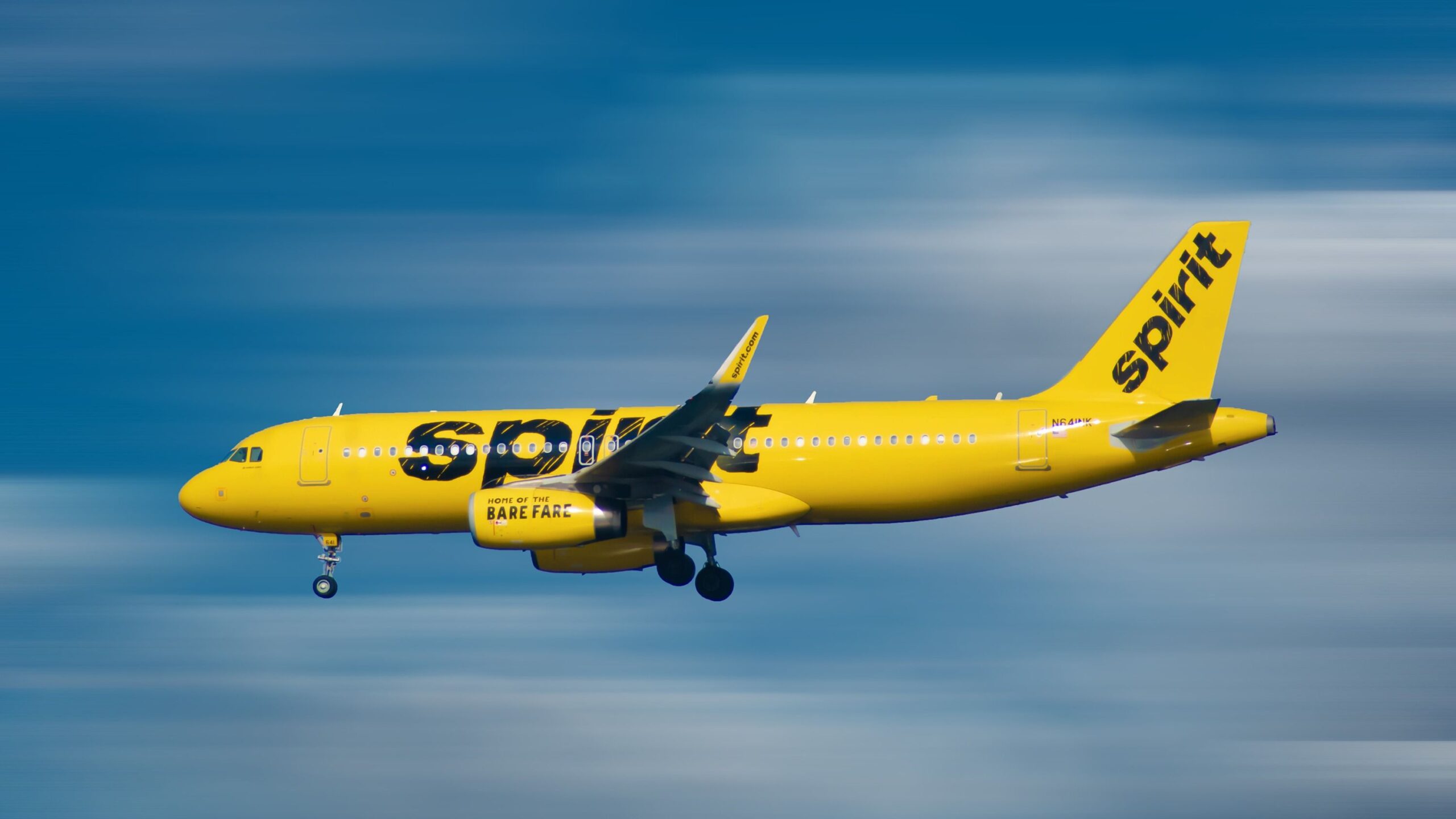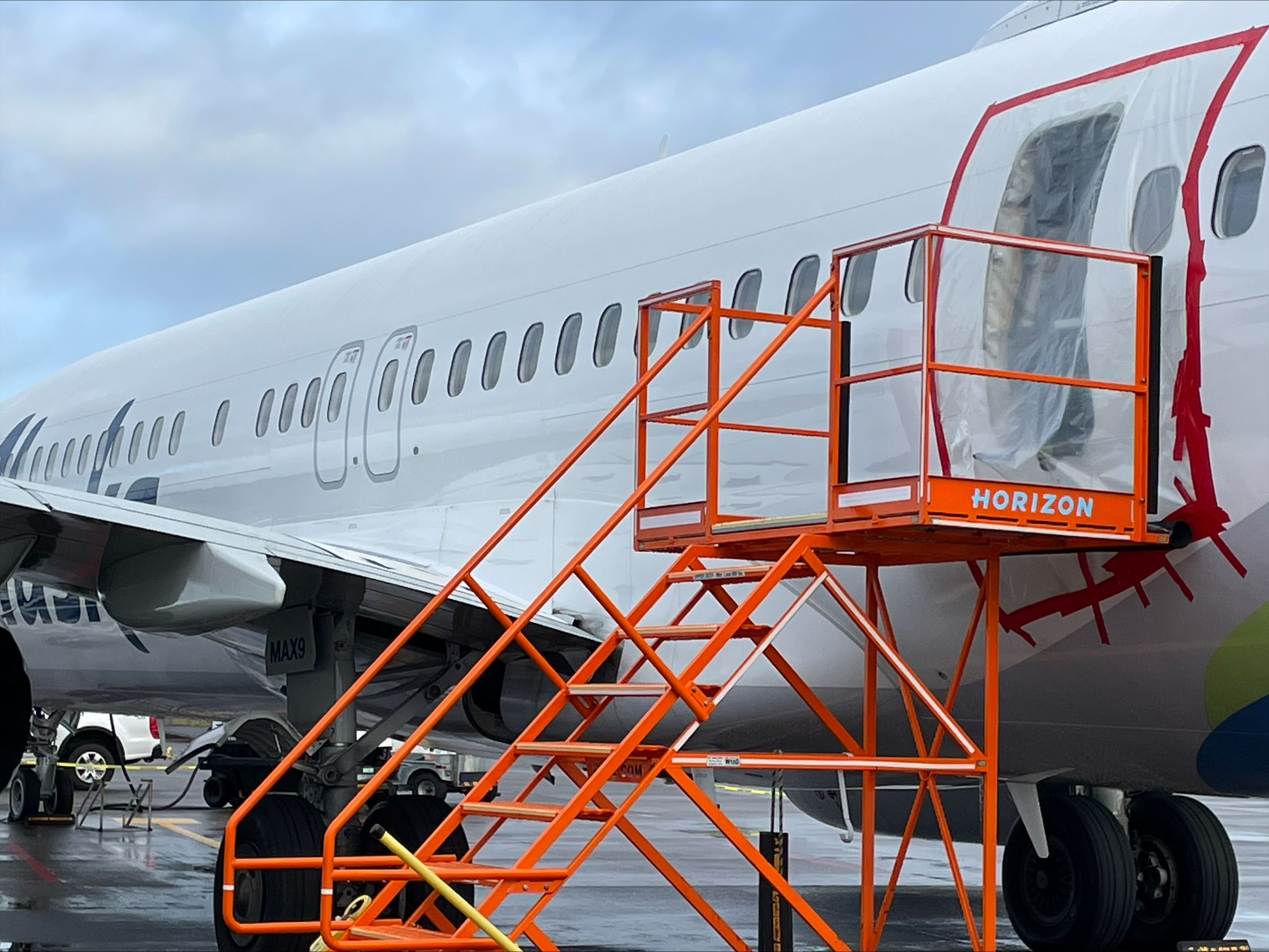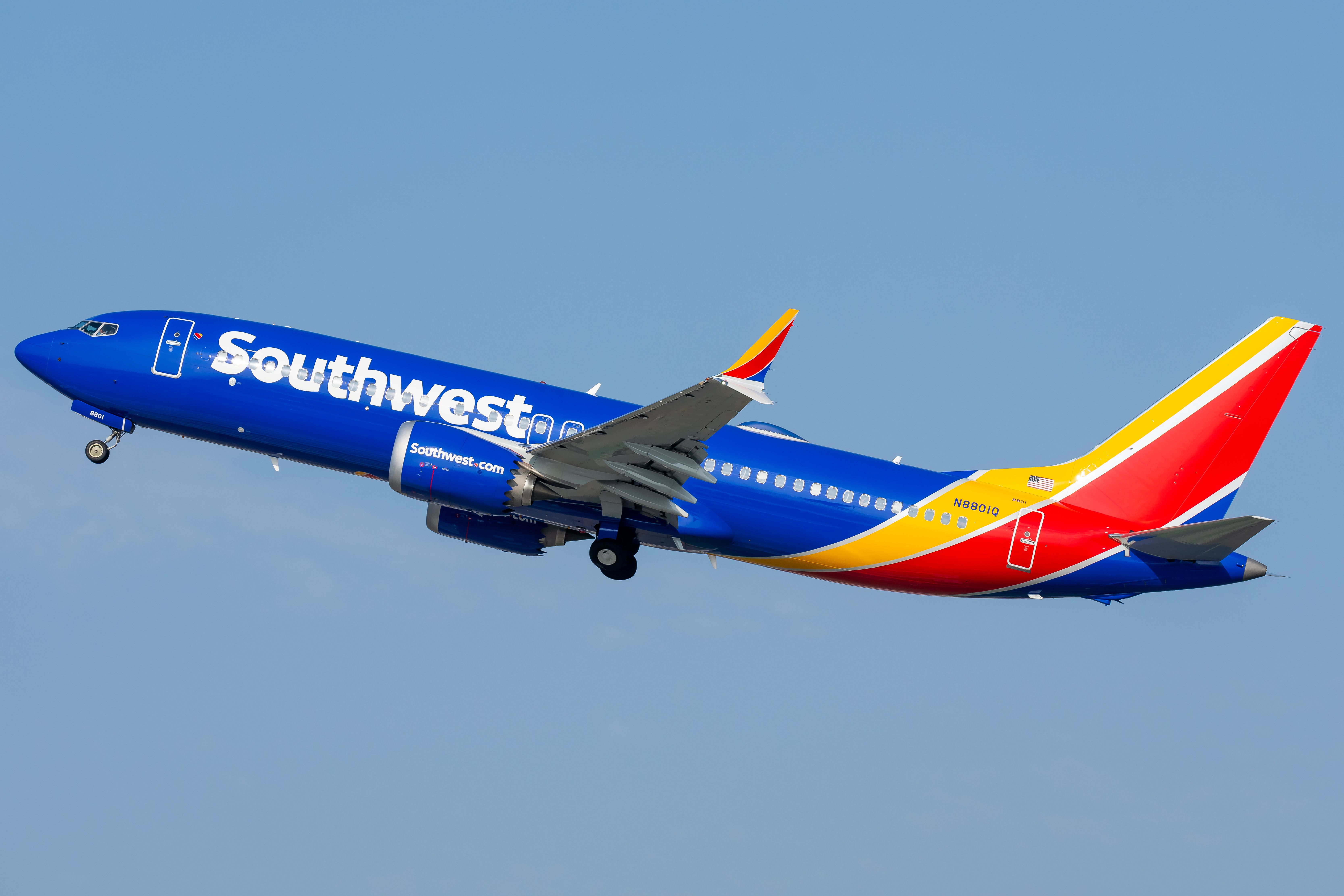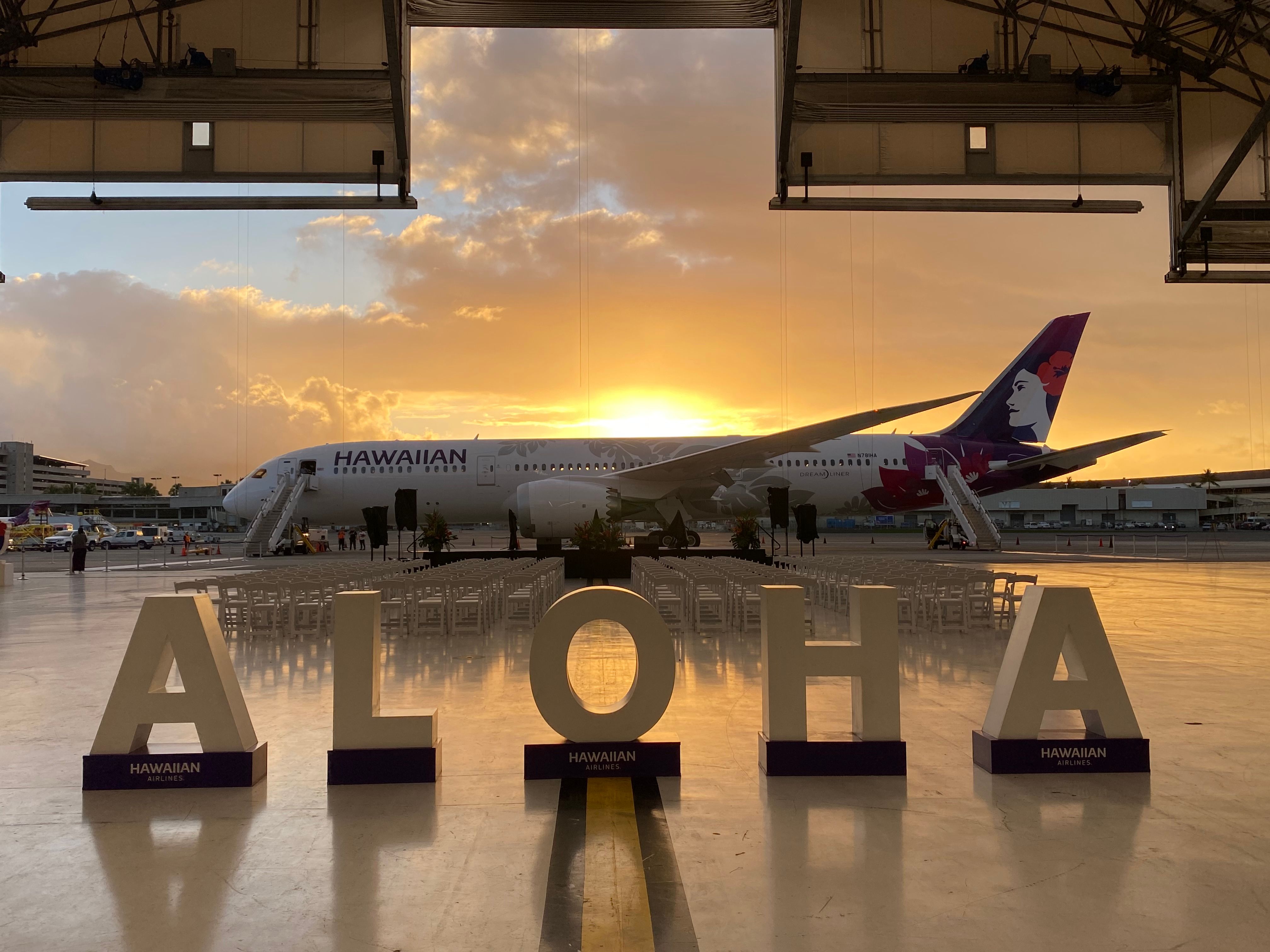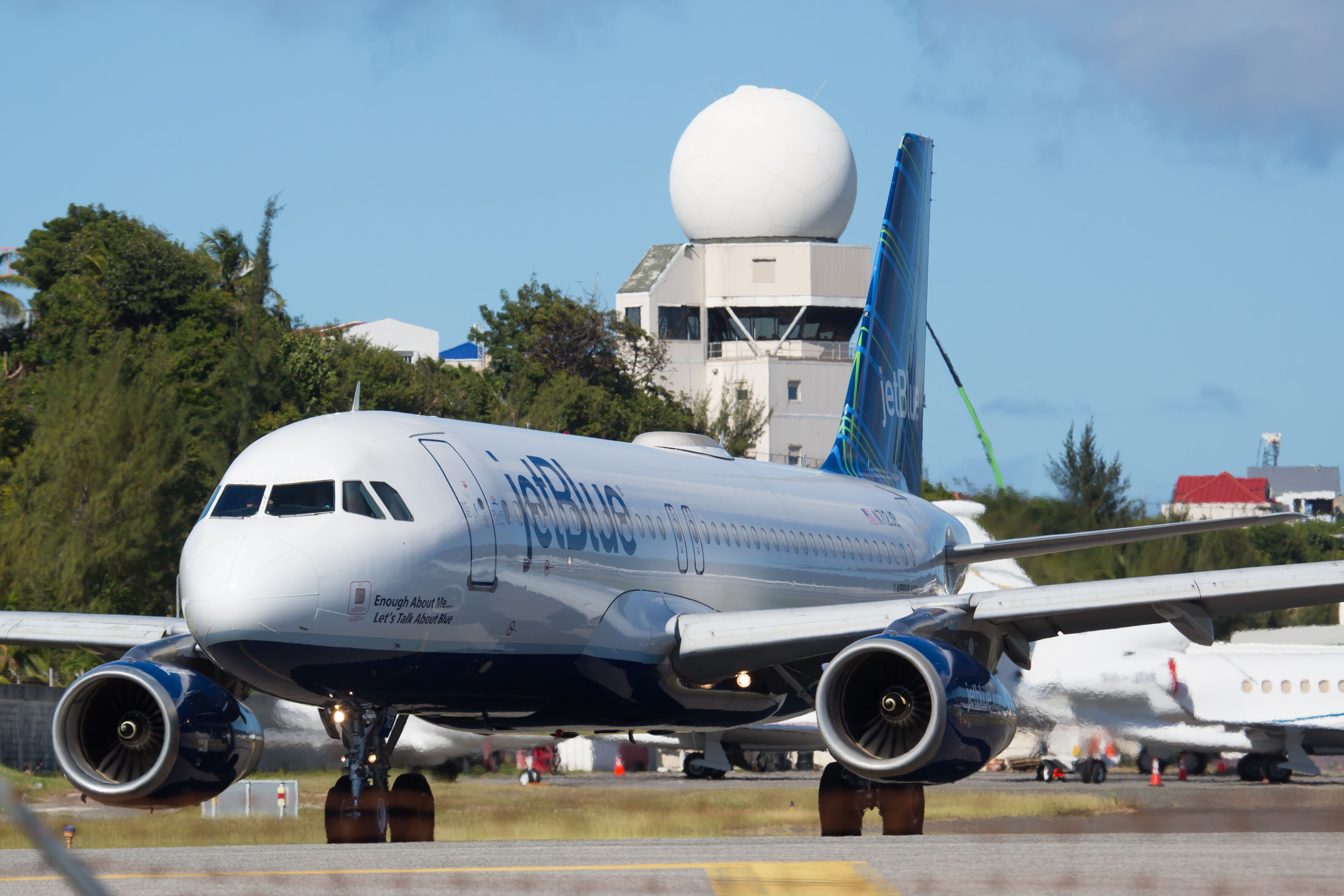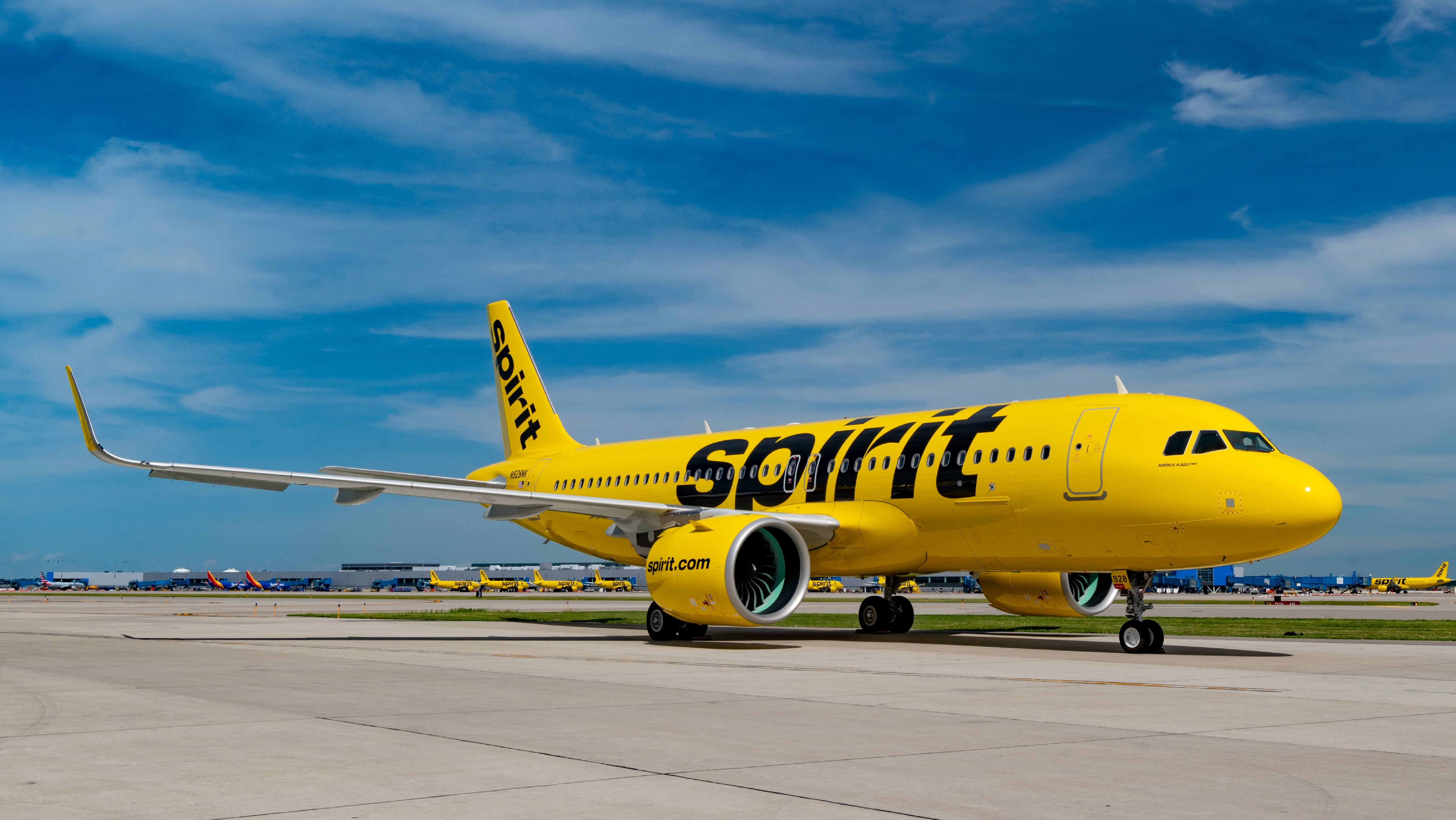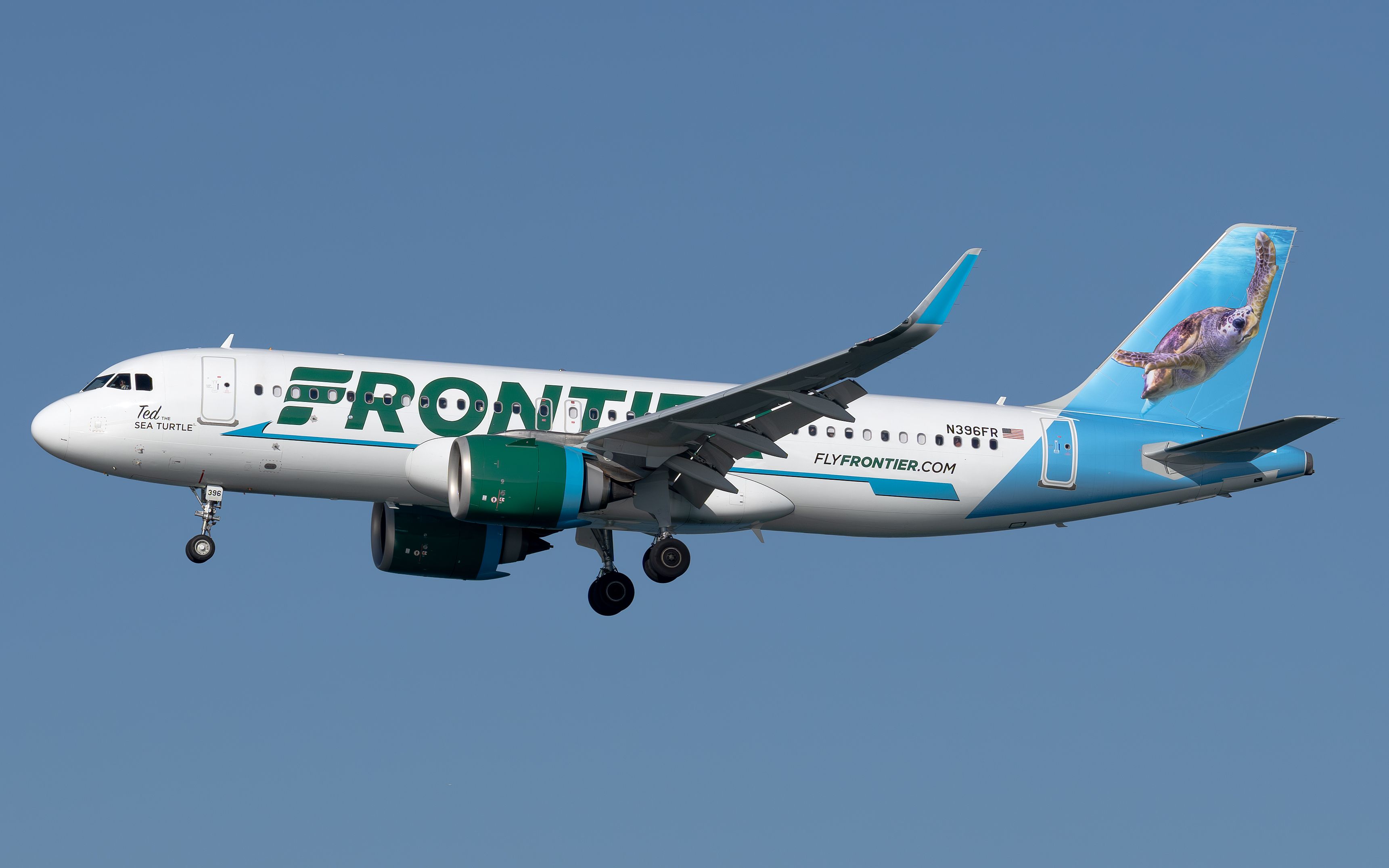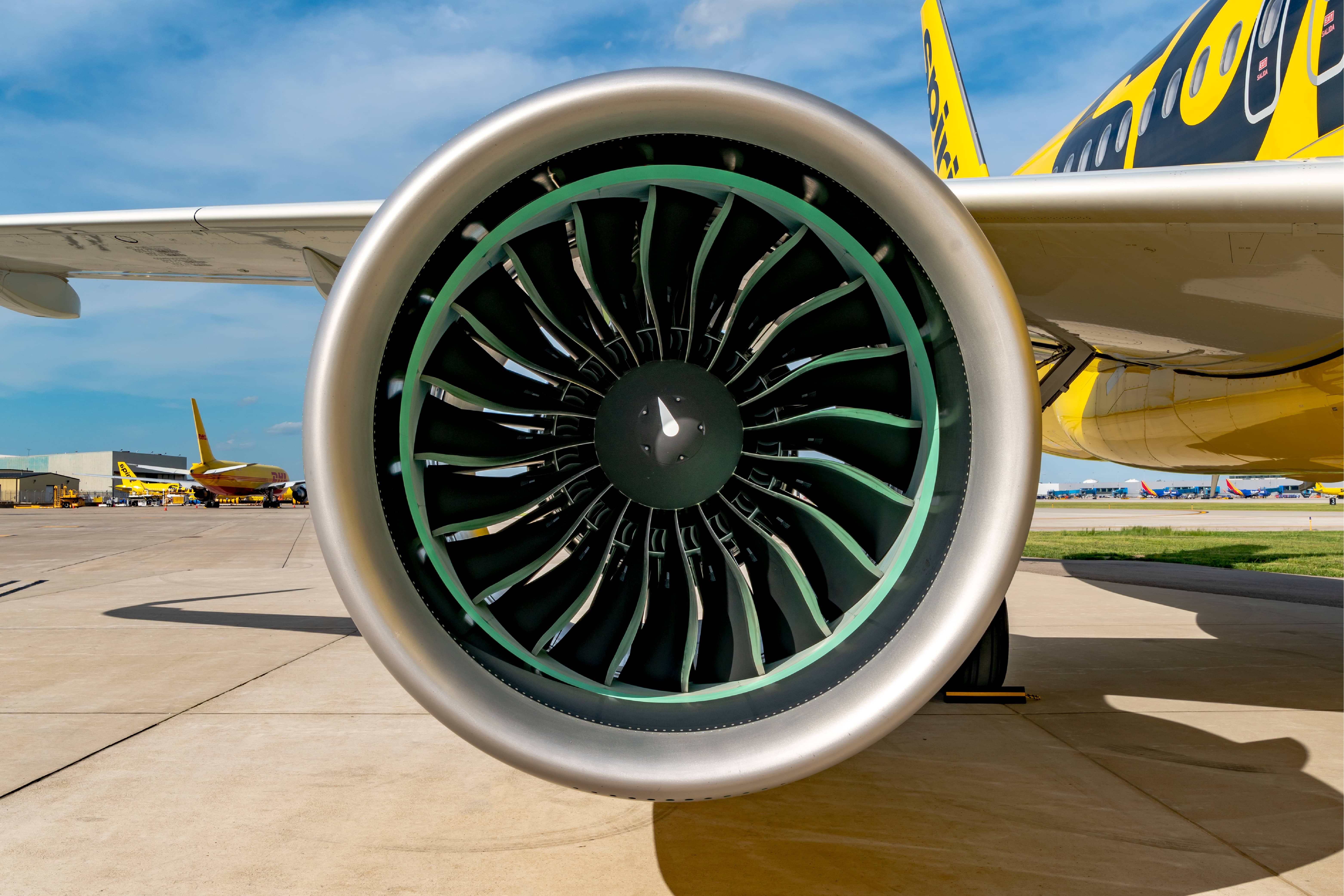Summary
- While the majority of the top ten largest US airlines ended Q1 2024 with a negative operating margin, two ultra-low-cost carriers were outliers due to their capacity growth in the past few years.
- Compared to 2019, both Frontier Airlines and Spirit Airlines grew their capacity, measured in available seat kilometers (ASK) by 30.1%.
- However, 2024 brought a unique set of challenges for both airlines, forcing them to readjust their networks to return to profitability.
Following an intense few weeks of United States-based airlines releasing their Q1 2024 results, the earnings reports detailed that out of the top ten largest US carriers, per Bureau of Transportation Statistics (BTS) rankings, six airlines ended the period with a negative operating margin. The following table does not include SkyWest Airlines, a regional operator for several US carriers, ranked ninth by the BTS.
|
American Airlines |
Alaska Airlines |
JetBlue |
Delta Air Lines |
Frontier Airlines |
Spirit Airlines |
United Airlines |
Southwest Airlines |
Hawaiian Airlines |
|
|
Q1 2024 operating margin |
0.6% |
-7.4% |
-32.6% |
4.5% |
-2.8% |
-16.4% |
-1.3% |
-6.2% |
-23.7% |
|
Q1 2024 operating profit/loss |
$7 million |
-$166 million |
-$719 million |
$614 million |
-$24 million |
-$207.3 million |
-$164 million |
-$393 million |
-$148 million |
|
Q1 2024 net income/loss |
-$312 million |
-$132 million |
-$716 million |
$288 million |
-$26 million |
-$142.6 million |
-$124 million |
-$231 million |
-$137.6 million |
However, Frontier Airlines and Spirit Airlines have faced unique challenges, including massive domestic capacity growth in the past few years. While the other airlines in the table above have either equaled or barely surpassed their 2019 capacity levels in 2023, the pair were the only two to have grown by double digits, according to data from the aviation analytics company Cirium.
That growth has not resulted in financial success, with Frontier Airlines and Spirit Airlines chief executives admitting that the carriers had to “transition to underserved, high-fare markets” and face a competitive environment that “remains challenging due to elevated capacity in many of the markets we serve,” respectively.
Boeing 737 MAX issues
Looking at the table above, three airlines had to deal with issues related to the Boeing 737 MAX program, which only worsened with the Alaska Airlines flight AS1282 incident, when a door plug blew off from the airline’s Boeing 737 MAX 9 aircraft.
Photo: NTSB
Alaska Airlines Q1 2024 earnings report was the most blunt in detailing the financial impact of the Boeing 737 MAX 9 incident and the subsequent grounding of the type. The carrier stated that the grounding resulted in an adjusted loss before income tax of $162 million, while without the grounding, its adjusted income before income tax would have been $5 million. Boeing paid Alaska Airlines $162 million in cash compensation in Q1.
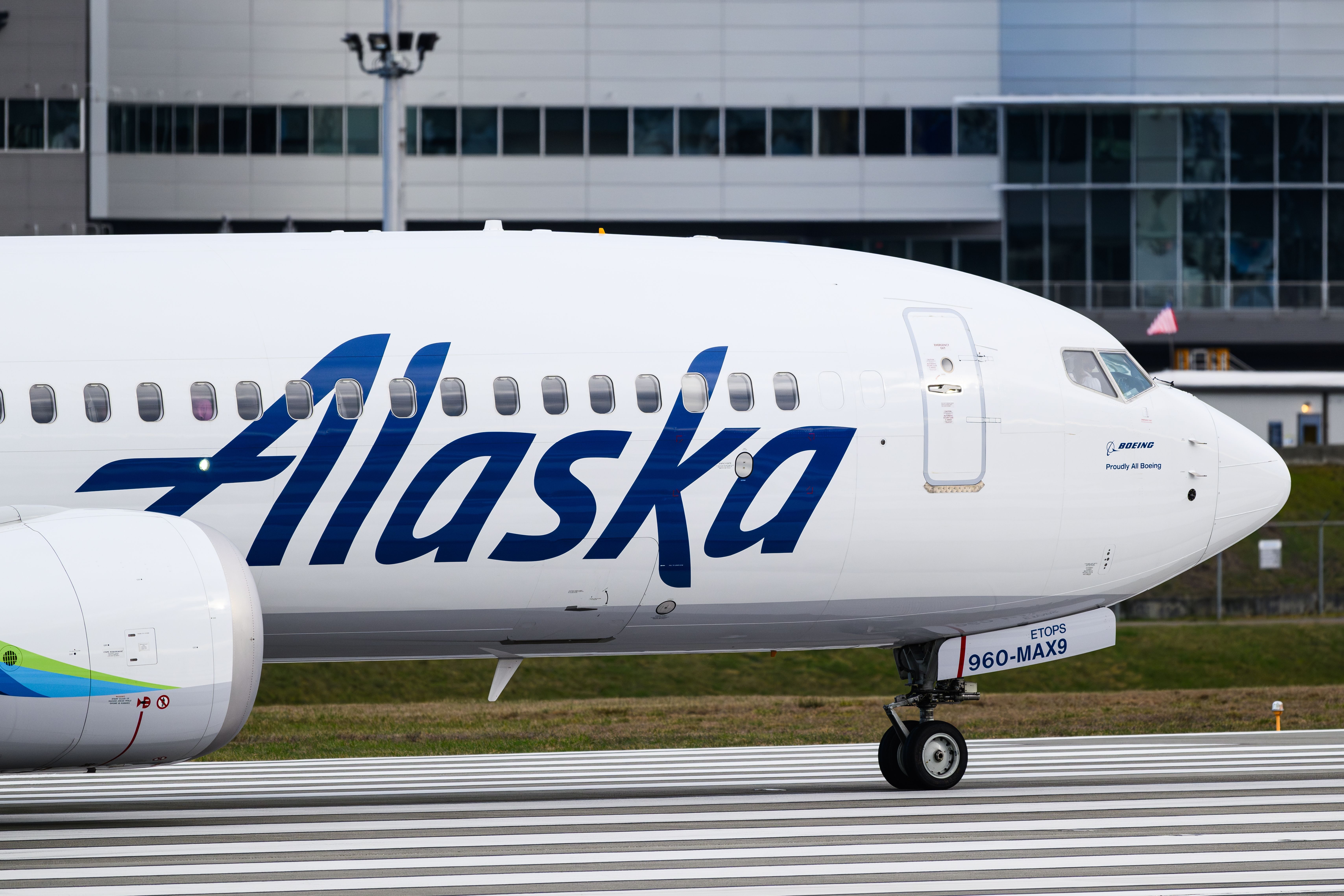
Related
Alaska Airlines Expects Up To 13 Fewer Boeing 737 MAX Deliveries This Year
Alaska Airlines executives shared that they still prefer the Boeing 737 MAX 10, even if it is not certified.
Meanwhile, United Airlines stated that its earnings reflected the $200 million impact from the Boeing 737 MAX 9 grounding, “without which the company would have reported a quarterly profit.” The following day after it announced its financial results, the airline said that it entered into confidential agreements with Boeing on April 14. The agreements, coming in the form of credit memos for future use for aircraft purchases from the aircraft manufacturer, covered,
“[…] financial damages incurred in first quarter of 2024 due to the Federal Aviation Administration grounding of the Boeing 737 MAX 9 aircraft, and a confidential agreement to accommodate certification delays for the Boeing 737 MAX 10 aircraft.”
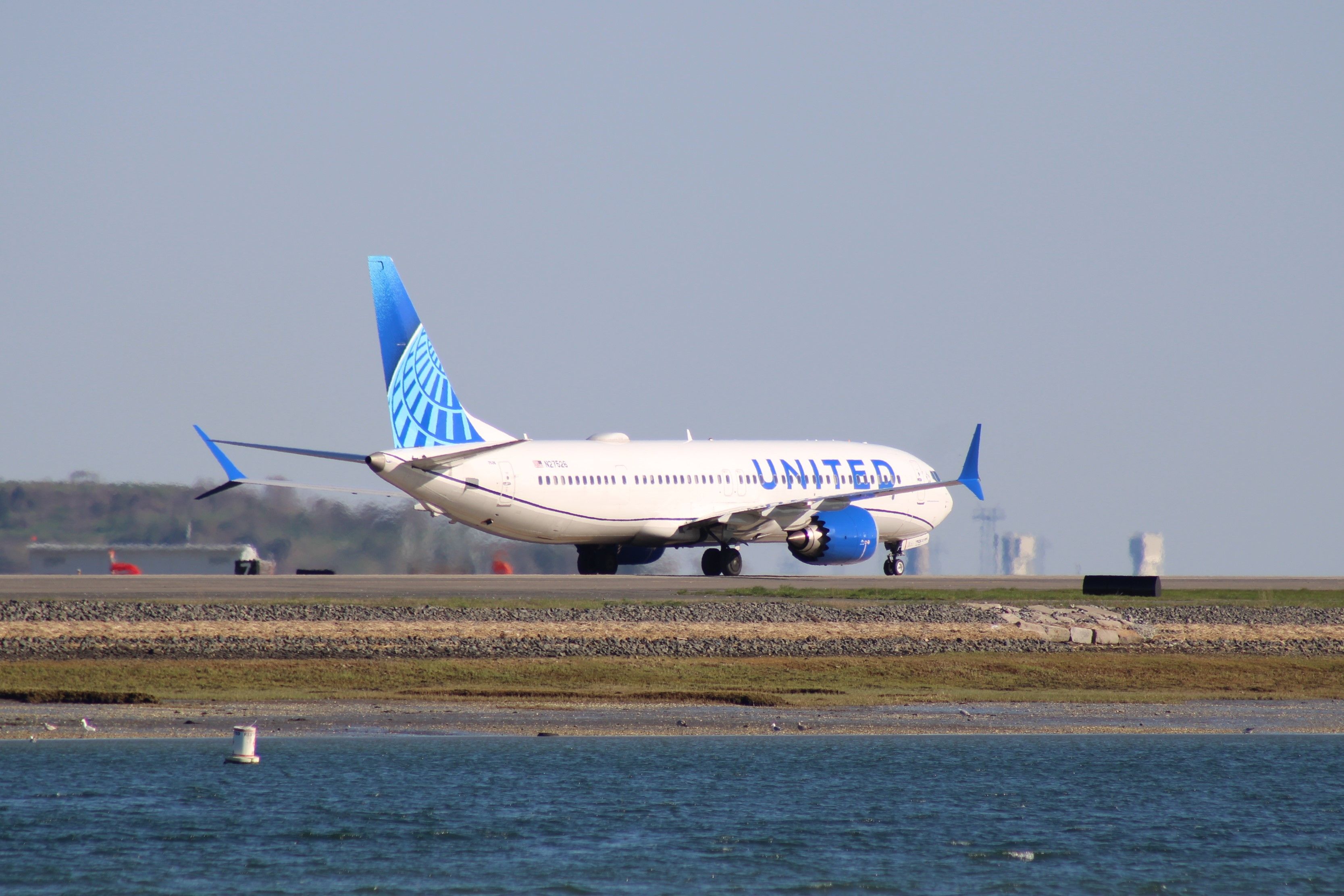
Related
Boeing 737 Max 9 Issues Cost United Airlines Nearly $200 Million In Q1 Profits
The airline reported a net loss of $124 million in Q1 2024.
Southwest Airlines stated in its Q1 report that it will face significant challenges due to delivery delays from Boeing. While the airline is an all-Boeing 737 operator, it has no Boeing 737 MAX 9 aircraft in its fleet. Still, the delivery delays will significantly weigh down its capacity growth, with the carrier saying that without the aircraft that it previously planned on receiving, it now expects its full-year 2024 capacity to grow by 4%, while previously, it was around 6%.
Photo: Vincenzo Pace | Simple Flying
Southwest Airlines said that following discussions with Boeing, it planned to take 20 Boeing 737 MAX 8 deliveries in 2024, significantly fewer than the 58 contractually obliged 737 MAX 8 deliveries that Boeing had committed to. In addition, the airline will have to spend another year without the 737 MAX 7, which still needs to be certified by the Federal Aviation Administration (FAA).
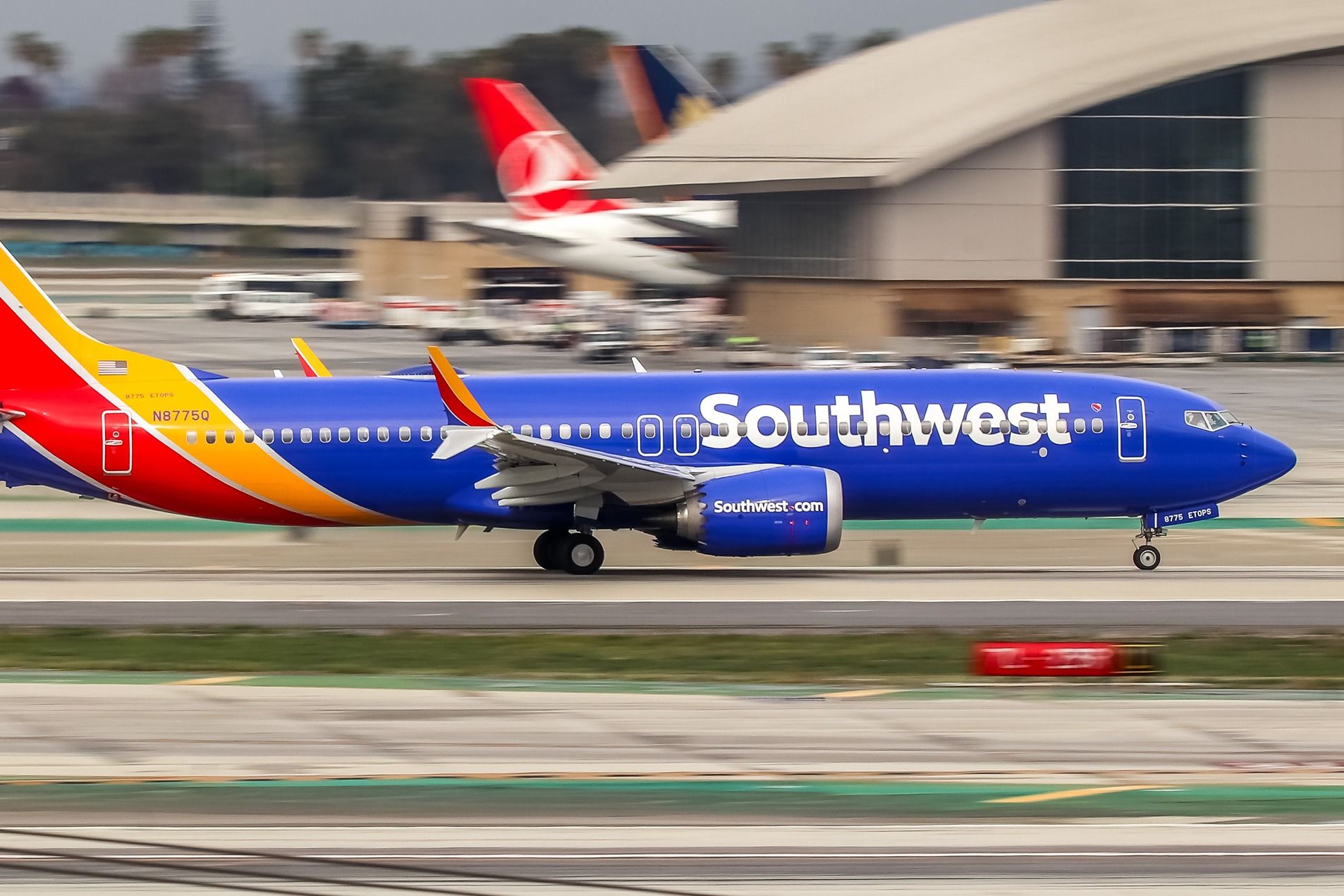
Related
Southwest Airlines Posts Net Loss Of $231 Million In Q1 Against Headwinds Of Boeing Delays
Southwest Airlines revealed that it has entered into another agreement to amend the contractual delivery schedule with Boeing.
Mixed outlooks
As such, three out of the seven airlines that ended the three-month period with a negative margin had to deal with various issues related to Boeing and the 737 MAX. While Q1 is typically a negative/low-margin period due to lower demand following the Christmas holidays, some airlines are expecting much better results during the remainder of the year.
However, not every airline, barring Frontier Airlines and Spirit Airlines, is expecting positive developments. Hawaiian Airlines, which incurred annual losses in 2022 and 2023, downgraded its annual outlook, disclosing that its capacity would go up between 4.5% and 7.5% instead of the previous estimate of 6% to 9%.
Photo: Hawaiian Airlines
At the same time, Fitch Ratings announced that Hawaiian Airlines had maintained a ‘B-‘ positive long-term issuer default rating (IDR) on May 9. Yet its rating was primarily based on the fact that its merger with Alaska Airlines could be approved by the Department of Justice (DOJ). If the merger fails, Fitch Ratings said that a blocked merger and weakening cash flows could result in a downgrade of the airline’s rating.
JetBlue’s Q1 earnings report emphasized two things: one, that its network was steadily improving and that the carrier was looking forward to launching additional revenue initiatives to support earnings growth in H2, and secondly, its structural cost program and fleet modernization are on track to deliver benefits of up to $275 million in cumulative savings in 2024.
Photo: Skycolors | Shutterstock.com
Still, the airline said that its full-year capacity and revenue would be lower YoY. JetBlue had quite an eventful few months in 2024, with the DOJ not only successfully suing to block its merger with Spirit Airlines but also dismantling the Northeast Alliance (NEA) with American Airlines.
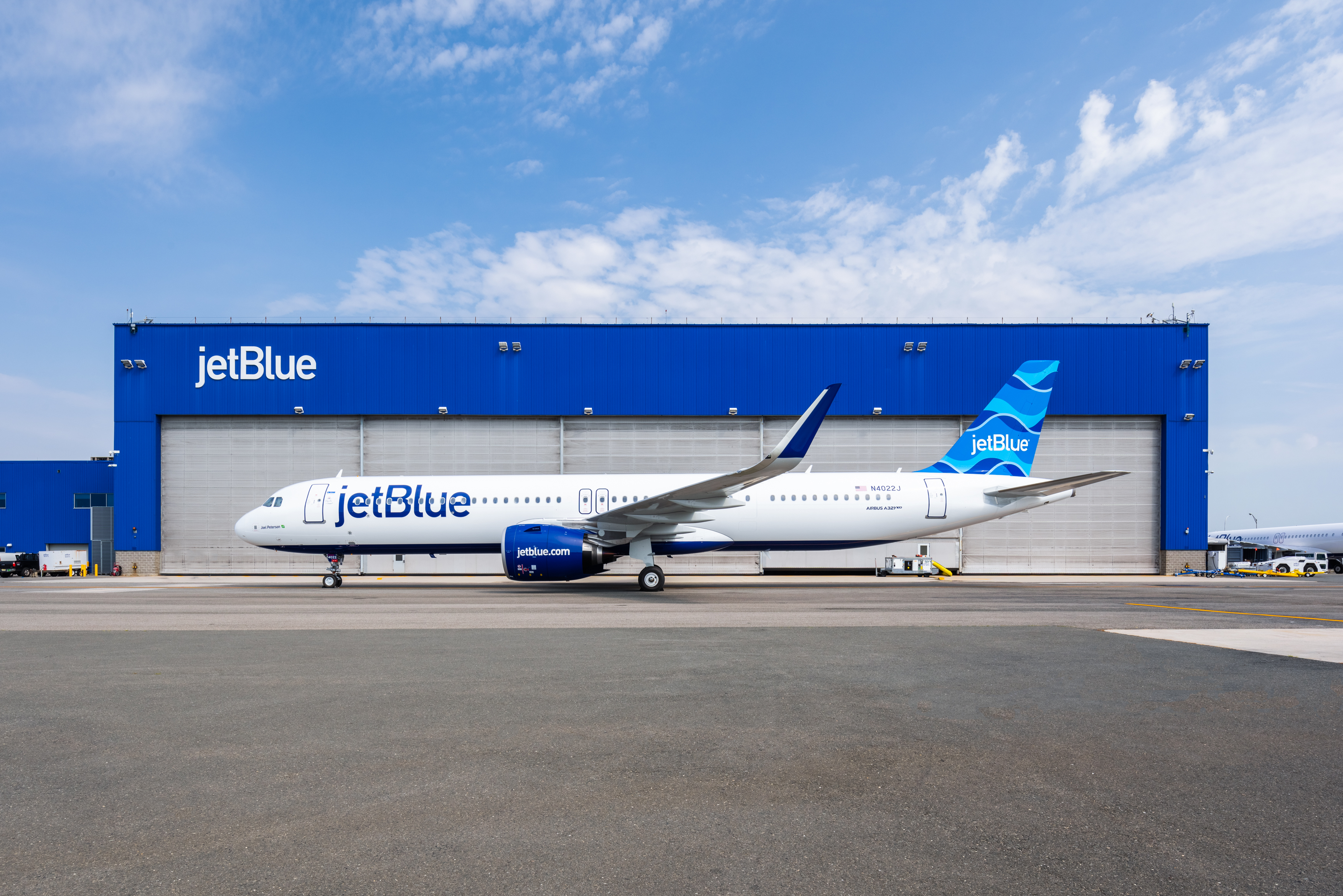
Related
JetBlue Increases Premium Mint Service Routes Amid European Cuts
The airline is able to add these routes following cuts to European service.
Domestic capacity growth
Yet there are two outliers within the largest airlines in the US, Frontier Airlines and Spirit Airlines. Data from the aviation analytics company Cirium showed that the two carriers had massively expanded their domestic networks in 2023 compared to 2019, being the only two airlines with double-digit growth in flights, seats, and available seat kilometers (ASK). Southwest Airlines and Hawaiian Airlines were the only other parties with double-digit growth in seats ASKs, respectively, yet no other airline had equaled or grown beyond its 2019 levels in 2023.
|
Seats in 2019 |
ASK in 2019 |
Seats in 2023 |
ASK in 2023 |
Difference in seats (%) |
Difference in ASKs (%) |
|
|
American Airlines |
225.3 million |
304.8 billion |
215.3 million |
296.4 billion |
-4.4% |
-2.8% |
|
Alaska Airlines |
55.5 million |
102.6 billion |
52 million |
103.2 billion |
-6.4% |
0.7% |
|
JetBlue |
40.9 million |
79.2 billion |
39.9 million |
79.1 billion |
-2.4% |
-0.1% |
|
Delta Air Lines |
209.9 million |
280.1 billion |
198.1 million |
283.2 billion |
-5.6% |
1.1% |
|
Frontier Airlines |
25.8 million |
43.1 million |
35.1 million |
56 billion |
36.1% |
30.1% |
|
Hawaiian Airlines |
13.3 million |
22.7 billion |
12.8 million |
25.1 billion |
-4.0% |
10.1% |
|
Spirit Airlines |
37.8 million |
60.5 billion |
48.7 million |
78.7 billion |
28.8% |
30.1% |
|
United Airlines |
160.4 million |
259.8 billion |
159.3 million |
261.8 billion |
-0.7% |
0.8% |
|
Southwest Airlines |
205.7 million |
250.3 billion |
228.2 million |
268.1 billion |
10.9% |
7.1% |
|
The nine airlines’ cumulative domestic operations growth |
1.5% |
3.5% |
Comparing 2024 versus 2019 domestic schedule levels, the story remains relatively similar. The main differences are that Frontier Airlines has continued to add more seats and ASKs, representing growth of 73.8% and 48%, respectively, while Spirit Airlines’ growth has been reduced to 18.7% and 16.4%, respectively. In fact, the latter carrier’s schedule will decline in 2024 compared to 2023, with JetBlue being the only other airline out of the nine to repeat the same feat in 2024.
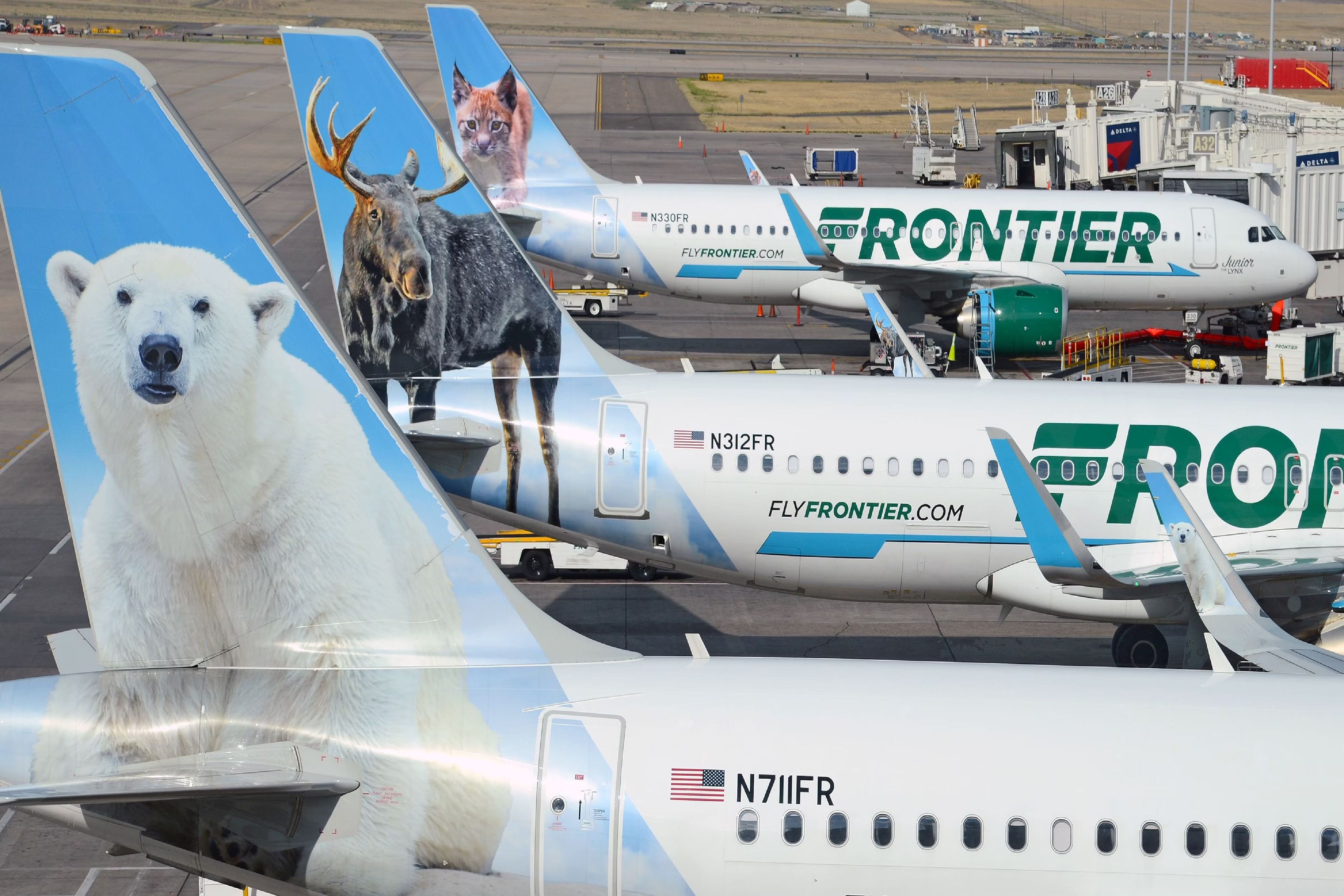
Related
The US Is The World’s Largest Domestic Market As Capacity Reaches 484 Million
Global capacity is growing at around 8% compared to 2023, while the rapid recovery in China has catapulted Asia-Pacific to the head of the pack.
Florida-bound
One of the outlying markets for US airlines during the pandemic was Florida, whose governor, Ron DeSantis, was quite liberal in his approach to handling COVID-19. While that has resulted in the state having the fourth-worst COVID-19 death total as of May 4, according to data from the Centers for Disease Control and Prevention (CDC), it has enabled airlines to look for some profitable markets between 2020 and 2022, when the pandemic-related international travel restrictions were still in place.
|
Flights originating in the US to Florida |
2019 |
2020 |
2021 |
2022 |
2023 |
2024 |
|
Available Seat Kilometers (ASK) |
127.6 billion |
87.2 billion |
130.6 billion |
138.4 billion |
148.4 billion |
152 billion |
By 2023, Frontier Airlines and Spirit Airlines were leading the pack in terms of growth of capacity to Florida, with the two adding 43.3% and 38.7% more ASKs, respectively, in comparison to 2019. Alaska Airlines had added 56.4% ASKs, however, its baseline (3.5 billion ASKs) was much lower compared to the pair of ultra-low-cost carriers, which ended 2019 with 8.5 billion (Frontier Airlines) and 13.9 billion (Spirit Airlines) ASKs.
Photo: Spirit Airlines
A year later, trouble began brewing down south. While Frontier Airlines only reduced its ASKs, Spirit Airlines slashed its flying to Florida, cutting flights, seats, and ASKs to the state in 2024, with the other only airline to do so being, once again, JetBlue.
|
ASKs to Florida in 2023 |
ASKs to Florida in 2024 |
|
|
JetBlue |
17.4 billion |
16.7 billion |
|
Frontier Airlines |
12.1 billion |
11.6 billion |
|
Spirit Airlines |
19.3 billion |
16.3 billion |
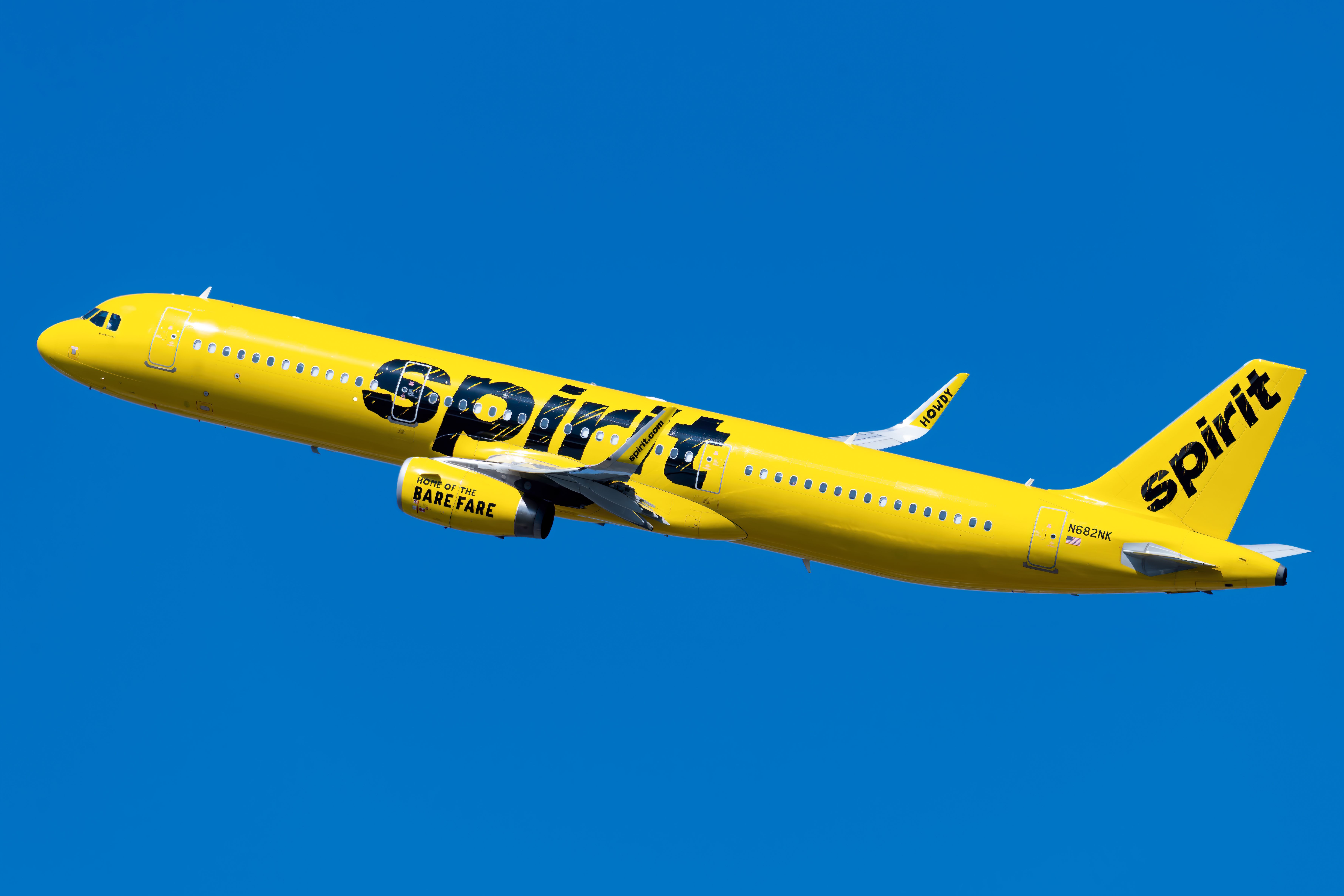
Related
Focus On Florida: Spirit Airlines Loses Ground As Competitors Expand In The Popular Tourist Market
The airline has removed routes that face significant competition from major airlines in favor of expanding from strongholds like Fort Lauderdale.
Frontier’s network adjustments
While by Q2 2023, everything was going great at Frontier Airlines, with the airline ending the six-month period with a net income of $58 million, including an operating profit of $54 million, Q3 2023, and subsequently, Q4 brought losses for the airline. The carrier ended 2023 with a net loss of $11 million. Barry Biffle, the chief executive officer (CEO) of Frontier Airlines, admitted that the airline’s intention in 2024 was to expand profitability by simplifying its network, focusing on growth in overpriced and underserved markets.
Photo: Vincenzo Pace I Simple Flying
This has been reflected in the airline’s schedule data, with the carrier entering some big markets, such as New York John F. Kennedy International Airport (JFK), Los Angeles International Airport (LAX), and a return to flying from Newark Liberty International Airport (EWR). The airline has also increased flights from major hubs such as Houston George Bush Intercontinental Airport (IAH), Minneapolis–Saint Paul International Airport (MSP), and others in 2024.
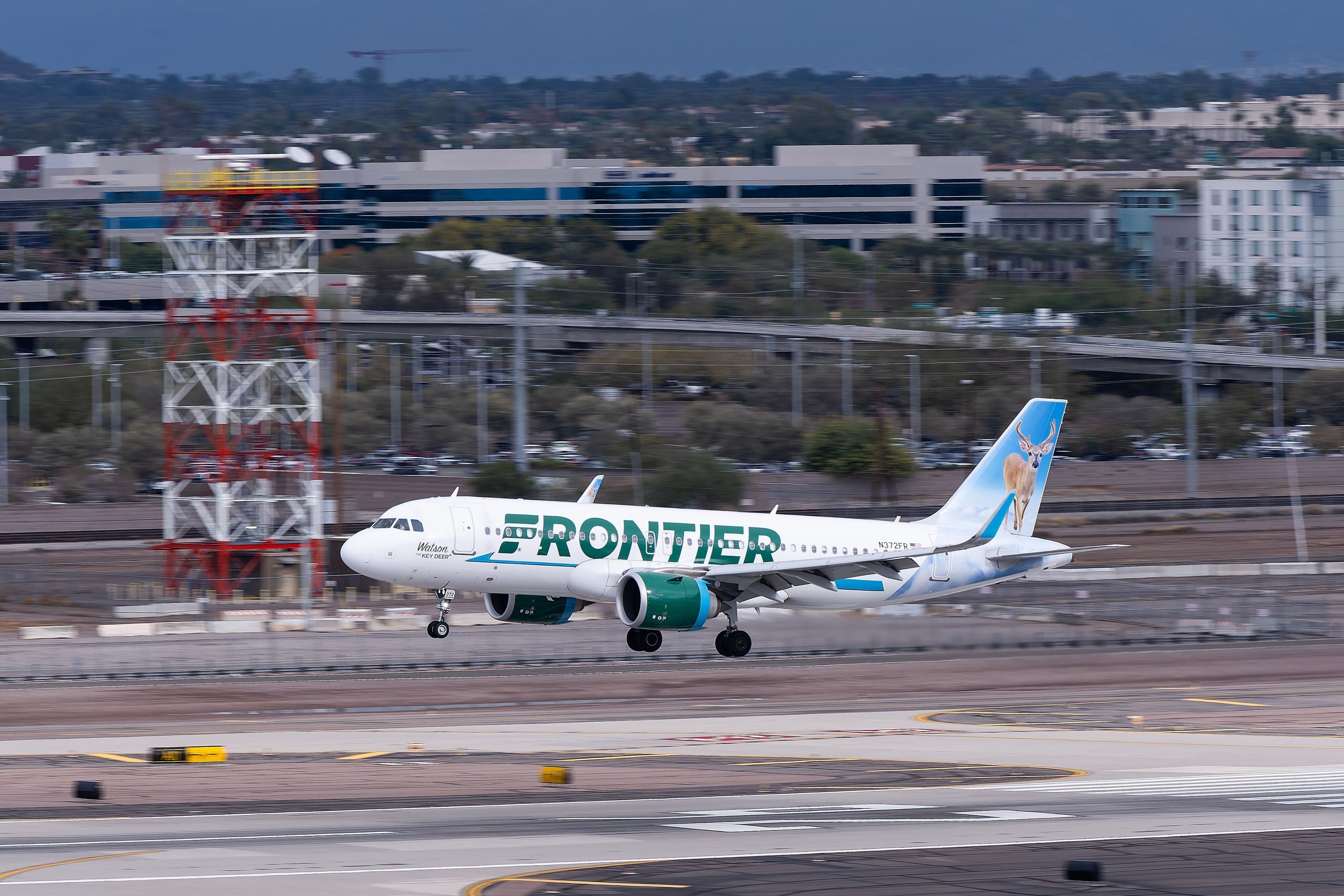
Related
Why Is Frontier Airlines Targeting Big Cities In Its Shifting Network Strategy?
The carrier’s network strategy is slowly shifting.
Compounding issues
Ted Christie, the president and CEO of Spirit Airlines, conceded that the competitive environment has been challenging “due to elevated capacity in many of the markets we serve” in the airline’s Q1 2024 earnings report. Similarly to JetBlue, which attempted to acquire the airline until the DOJ’s intervention, Spirit Airlines outlined that in 2024, its capacity should be either flat or up low-single digits YoY.
However, in addition to problems in Florida, with Matt Klein, the chief commercial officer (CCO) of Spirit Airlines, telling The Points Guy that it will fly less to the state during the upcoming summer period, the airline has also had to deal with multiple grounded aircraft due to the problems with the Pratt & Whitney PW1100G engine.
Photo: Spirit Airlines
According to the carrier’s Q1 2024 report, it estimated that around 25 PW1100G-powered Airbus A320neo family aircraft would be grounded during the year. While it has signed an agreement with Pratt & Whitney to cover its liquidity needs during the year, it will have to significantly reduce its flying program in response to the aircraft on ground (AOG) situation in 2024.
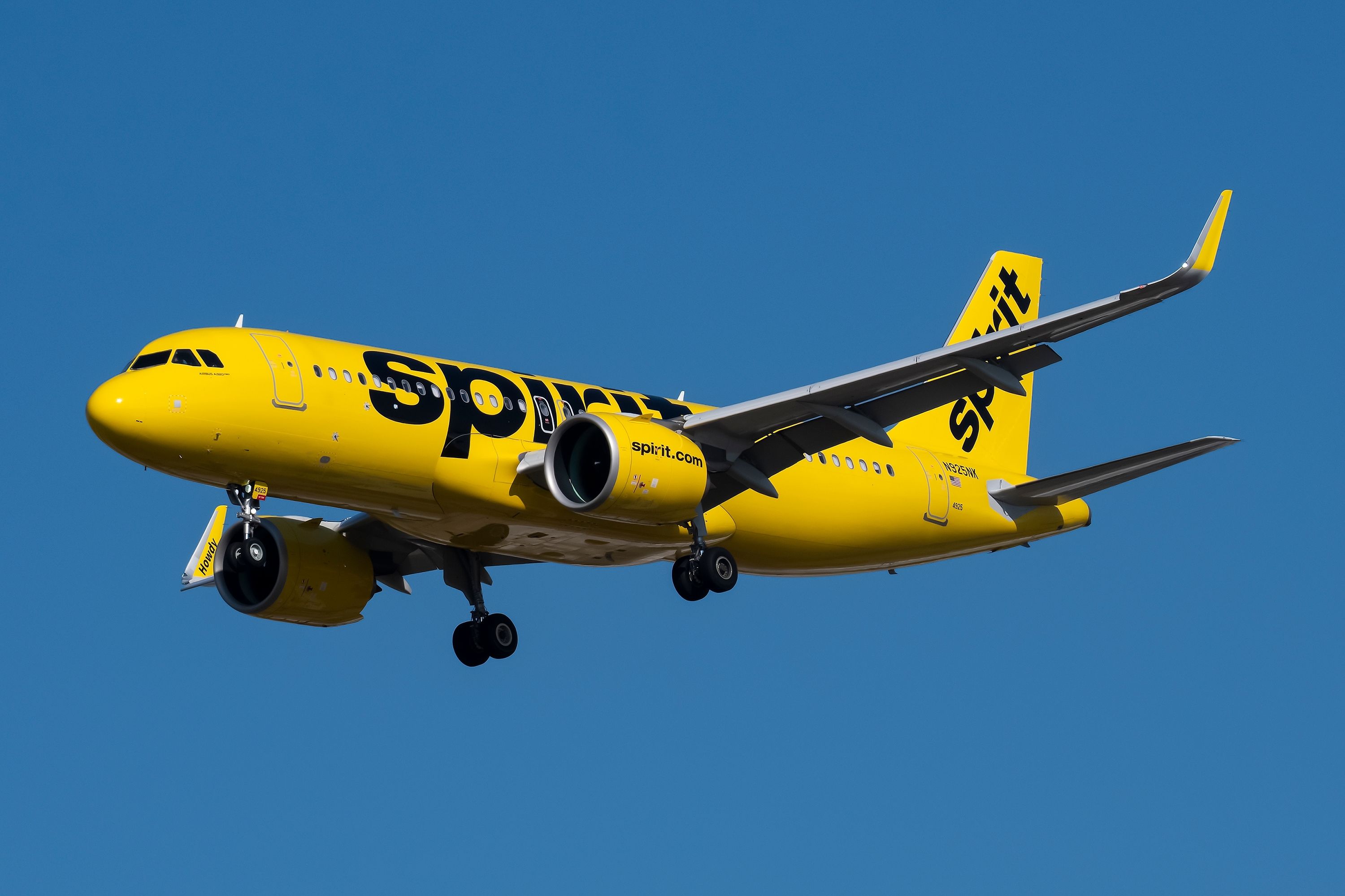
Related
Spirit Airlines Expects Lower Revenue In Q2 Amid Softening Demand & Grounded Planes
Spirit Airlines said that there has been elevated capacity in its core markets.

